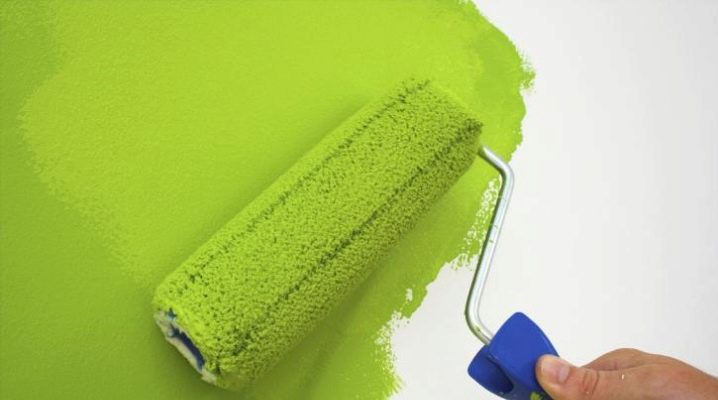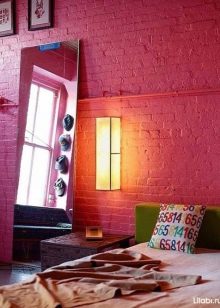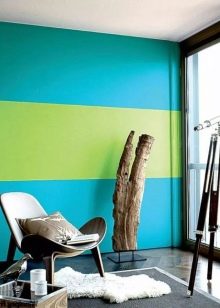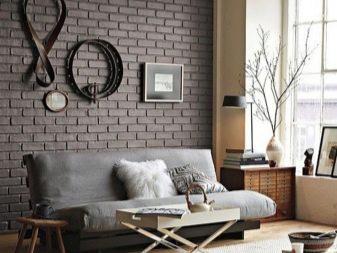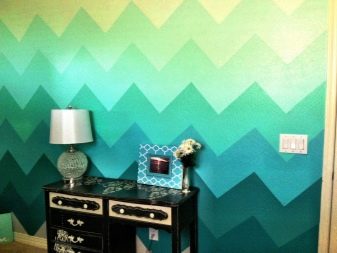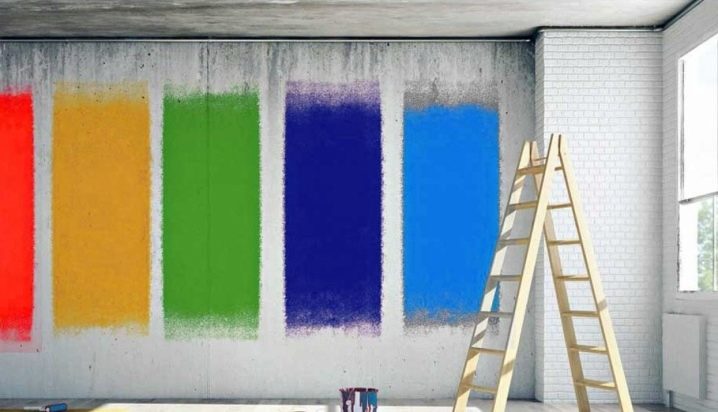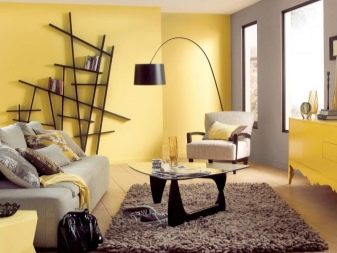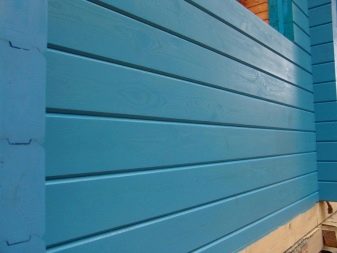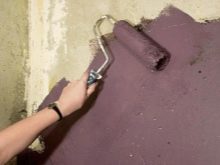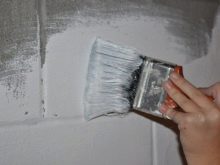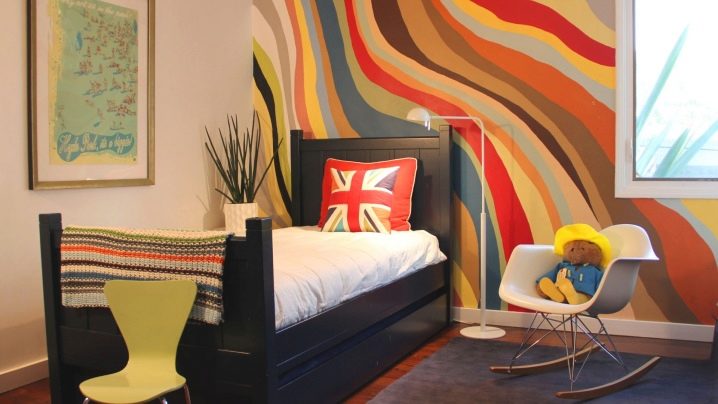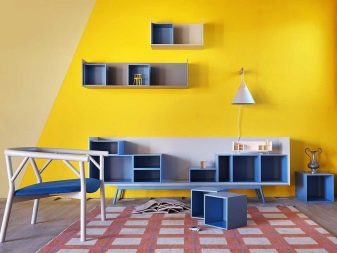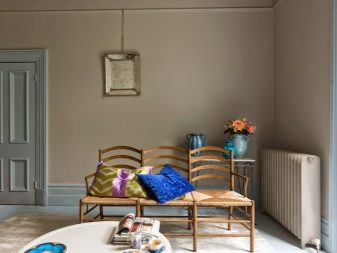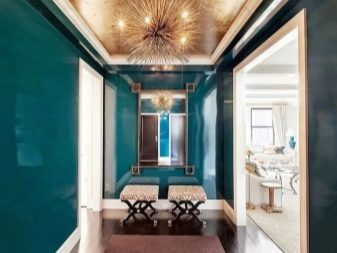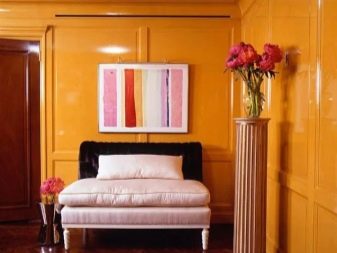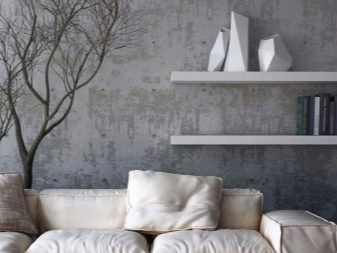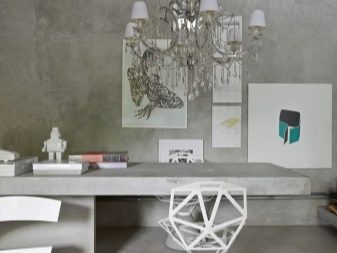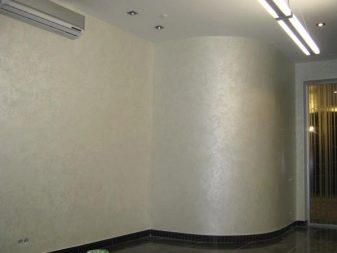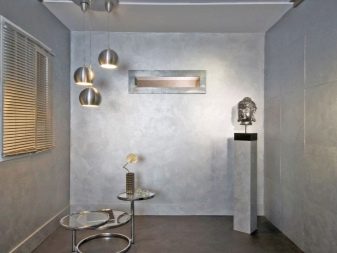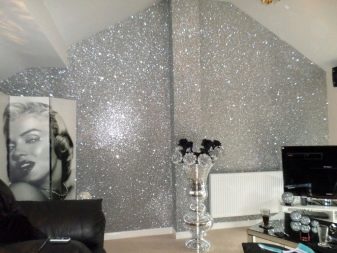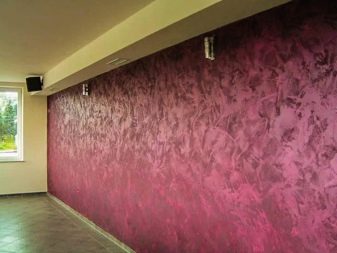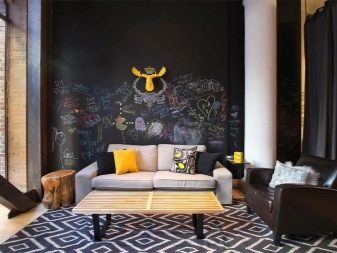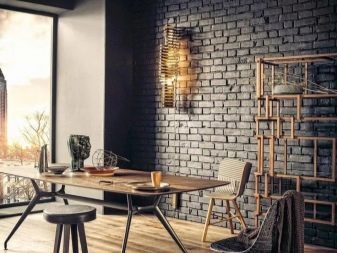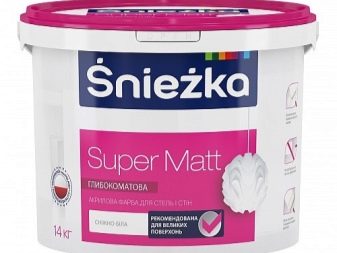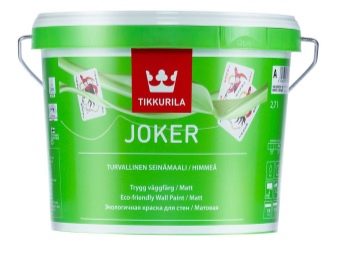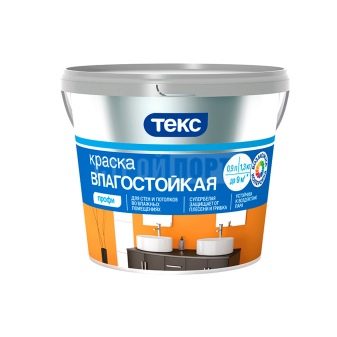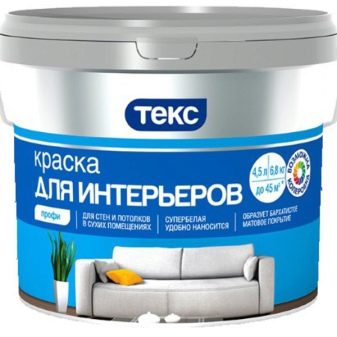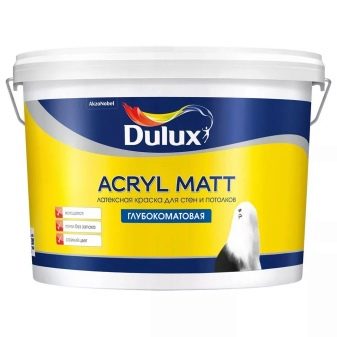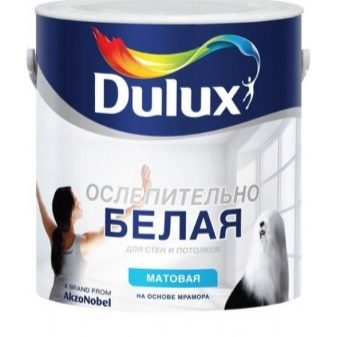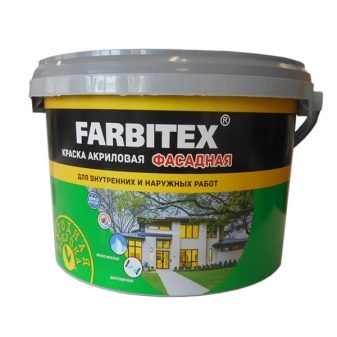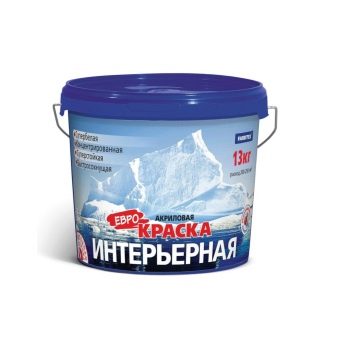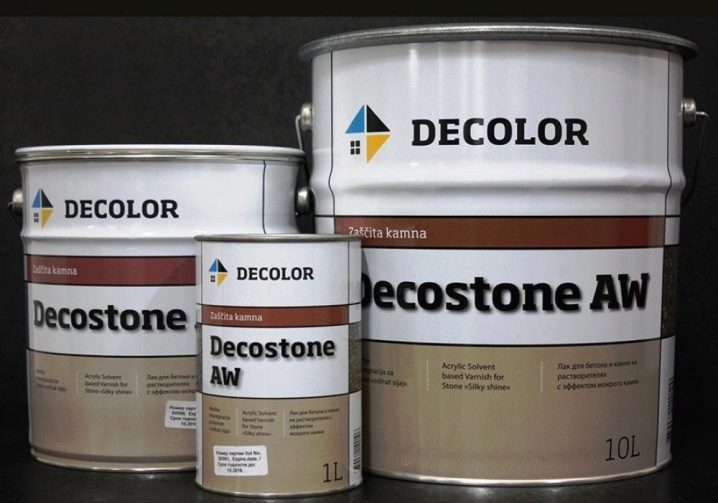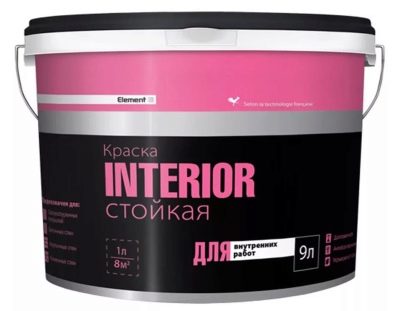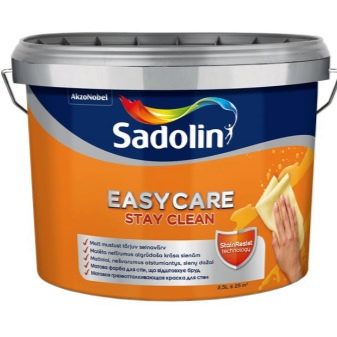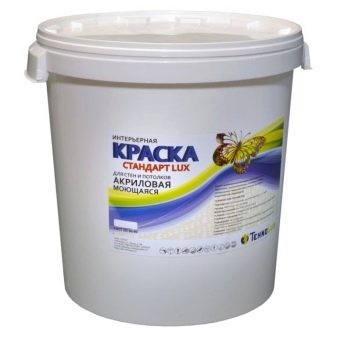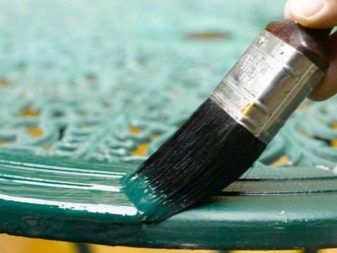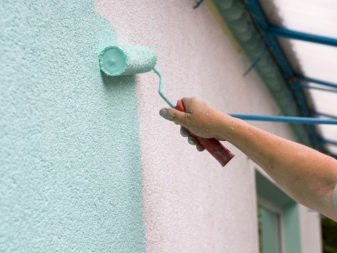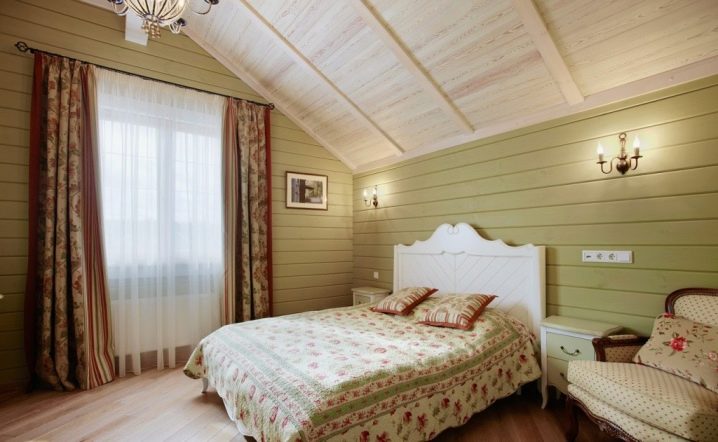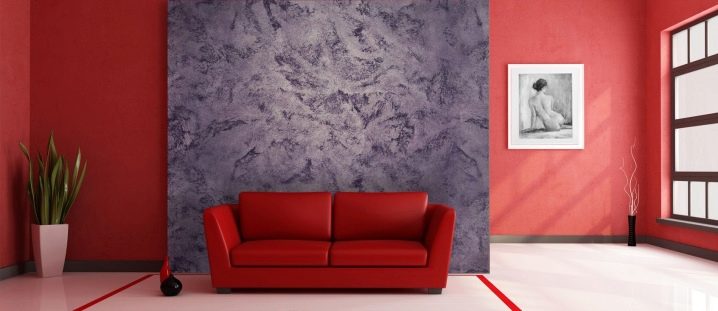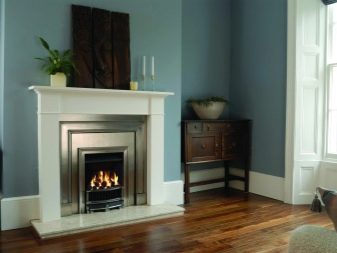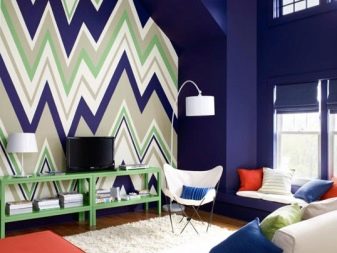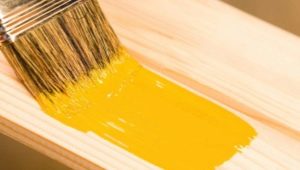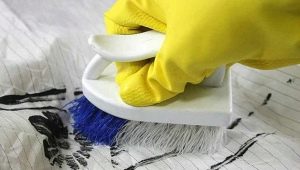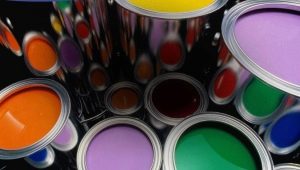Acrylic paint for walls: pros and cons
Acrylic paints have long been one of the main finishing materials. When repairing you need to learn more about such dyes and take into account their key features, otherwise it will be very difficult to achieve the ideal result.
Special features
Acrylic paint is used to repair about half a century, and buyers are increasingly paying attention to it. With the help of such compositions, the consumer will be able to embody all the ideas that he had for decorating the premises. In most cases, acrylic paint is applied to walls and ceilings, there are separate options for painting concrete and bricks. Its undoubted advantages are:
- high resilience to water;
- lack of toxic properties;
- no unpleasant smell;
- accelerated drying;
- the permissibility of wet cleaning and cleaning;
- ease of formation of multi-colored paints.
Speaking of the disadvantages of acrylic formulations, it is important to pay attention to the composition, because for the sake of maximum economy, individual manufacturers use components hazardous to health. It is more difficult to choose a color than water-based paints; mixing two different colors each time gives a slightly different visual effect.
If we compare acrylic and latex paints, it becomes obvious that the difference between them is due to the chemical composition and basic physical characteristics. Latex increases the strength and elasticity of the applied layer, however, the average consumer will hardly notice the difference.
Where is it used?
Scopes of acrylic paint are extremely various, it can be applied on various surfaces. These are not only walls and ceilings, but also facades of buildings. Of course, internal and external works require different formulations. To paint the stove, a radiator of heating and areas close to it, heat-resistant coloring mixtures are used, which easily tolerate high temperatures. Before using the paint should carefully read the instructions from start to finish.
When choosing paints, one should pay attention not so much to the type of room as to the purpose of the decorative composition:
- increased durability;
- for internal parts of the premises;
- for facades.
As for resistance to the harmful effects of water, almost every high-quality acrylic-based paint is completely hydrophobic. But any manufacturer of interior dyes is reinsured and mentions in the instructions that only relatively dry places can be painted with acrylic blends. Water based dyes are preferred for kitchens, bathrooms, living rooms and bedrooms. But even there it is undesirable to paint the segments of the premises, which can get wet from splashing water. It is more correct to trim such places with tiles.
Most often, finishing with acrylic paints is carried out on the cinder block, wood, concrete and brick slabs. The apartment can be economically repaired using relatively low-cost paint material options, such as:
- styrene acrylic;
- vinyl acrylic;
- acrylosilicone.
In the process of their manufacture, so-called copolymers are used. There are many other options, each of which has a strictly defined sphere of use.So, not all paint and varnish mixtures will be useful for painting.
Acrylic paint can be used even where the surface is rather uneven. It does not just "lay down" over defects of 5 mm, but also effectively disguises them.
Resistance to ultraviolet light allows the use of such compounds for wall decoration, located in a well-lit room.
Colors and textures
The vast majority of acrylic solutions are made in white color, but any buyer will be able to easily change color by applying colors of various kinds. You can also apply the initially multi-colored formulations that are produced by individual manufacturers.
Acrylic has unequal whiteness. Technologists distinguish three levels:
- super white material;
- milky white;
- plain white.
In order for the colors to fully meet your expectations and the information from the manufacturer was not misleading, you need to check the paint when buying, comparing its tone with the color of quality white paper.
It should be noted that the color acrylic compositions creates either a matte or glossy texture. Matt paint is recommended if you want to mask not too significant deformation or cracks in the base.
Gloss is preferable if you plan to create a colored surface, large enough and even. Experts recommend using this option also for non-residential rooms in the house. Textured decor involves the creation of relief drawings and artistic compositions, but for non-residential space it is not recommended. Anyway, few people will appreciate such delights.
Painting the wall under the silver, you can emphasize the stylistic advantages of other parts of the room. This tone is compatible with any design decisions and a number of other colors. Importantly, the silver colors raise the ceiling visually, it is worth considering the owners of small housing.
Pearl paint is designed to give volume to the room, and such a modification as the “chameleon” adds a number of interesting modulations. Both options look attractive on the tree and on the wallpaper for painting.
To create a bright and attractive composition, it is not necessary to limit yourself to nacre. Paint containing glitter forms an equally interesting interior. But adding brilliant elements, it is necessary to respect the measure.It is undesirable to paint the wall so brightly that it blinds at the first glance. It is possible to show originality, using gloss of various types and coloring other than primary color.
The black wall is the exact opposite of the colorful and brilliant varieties. This is a sharp, even radical stylistic decision. As with any powerful design tool, this option should be approached with caution, carefully weighing all the positive and negative sides. Professionals quite often combine the black color of one or two walls with white decor or bright surroundings, but for those who do not have special knowledge and skills, such a step is not recommended.
If we are not talking about the palette of paints, but about the methods of visual underlining of paintings, it is worth paying attention to the fact that it is advisable to coat compositions based on acrylic paint with a protective transparent varnish. This will help them maintain an attractive appearance and will not impair their external qualities.
Manufacturers
If you focus on consumer feedback, then among the deep-opaque acrylic paints one of the leading positions will definitely take "Sniezka Super Matt". This coating is applied very easily, masks minor issues and allows air to pass through. Finnish products supplied to Russia under the brand Joker, Great for those who suffer from allergies or asthma. It is also recommended for finishing children's rooms.
In recent rating, any rating of acrylic paint coatings also includes the Russian paint of the brand. "Tex". Consumers appreciate it for its affordable cost and excellent resistance to destructive environmental factors. The company uses only the latest equipment that strictly complies with industry standards, and improves the process from year to year.
Dulux - Dutch acrylic paint, produced by one of the world leaders in the industry. It has been delivered to more than two dozen countries for a long time. Consumers exclusively appreciate the characteristics of this material.
Farbitex differs in high adhesion with the most different surfaces. This is a very opaque and economical paint, in addition, distinguished by visual appeal. Those who happened to use this dye composition, note its affordable cost and the ability to paint the entire surface in one layer, without correction.
Decolor - these are paints which, after drying, become very dense and mechanically stable. Even a significant temperature difference, significant humidity and the effect of direct sunlight does not prevent the dye to maintain its practical properties for a long time. The smell of paintwork material is rather weak, after staining it disappears very quickly. The recipe allows you to create the most original shades by mixing different versions of paint.
Interior - also quite worthy and high-quality acrylic interior paint, which is able to transfer a lot of cleaning cycles in a wet way. Products of this concern can be applied to:
- concrete;
- plaster;
- drywall;
- MDF and chipboard;
- wallpaper;
- previously painted surfaces.
Products under the brand Sadolin attractive by a wide variety of design options, with their help it is easy to create an imitation of sand, marble or silk. For more than a hundred years, the company has manufactured excellent paintwork materials that can be applied to any kind of surface. And coloring compositions TehnoLux differ in fairly decent practical performance, despite the relatively low cost.
Tips for choosing
The use of primer mixtures will not only improve the surface treatment, but also reduce the consumption of paint and varnish material. Smooth base is better covered with any dyes than rough and uneven. But at the same time It is necessary to select the preliminary and final compositions systematically, so that they match each other.
On average, to paint 1 square. m surface will need from 150 to 250 ml of acrylic paint. The exact figure depends on how well prepared the surface is and whether the work is done according to the rules. Washable matte paint is great for painting facades.
If you want to finish the metal surface, you should focus on the paintwork material options, which allow you to do without prior anti-corrosion treatment.
Wooden walls not only outside the house, but also inside it are required to be covered with paints containing antiseptics and fungicides. In a country house it is worth applying coloring compositions that contain insecticides.
Paint for plaster is chosen as carefully as possible, because it must meet a number of stringent requirements. These include:
- low susceptibility to mechanical destruction and abrasion;
- resistance to colonization by microorganisms;
- preservation of quality under the action of ultraviolet rays;
- elasticity (so that vibrations and shrinkage do not violate the integrity of the layer);
- antistatic characteristics, since dust is always present in the air;
- optimum covering ability.
In certain situations it will also be necessary to provide protection against the harmful effects of aggressive substances and fire. If awaiting complex design work, you need to choose an acrylic paint based on organic solvent. It is also perfect in cases where the base wall is subject to very heavy wear.
For those surfaces that initially have significant defects, it is better to prefer opaque varieties of paints, they mask the deformation much more efficiently than glossy varieties. When choosing, one should also be interested in the time of drying, mass fractions of nonvolatile substances, frost resistance of the coating being created.
Knowing all these moments, choose a good acrylic paint for any wall and correctly apply it will be much easier.
How to get a smooth and beautiful layer of paint can be found in the video below.
